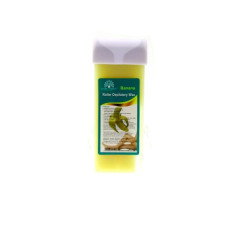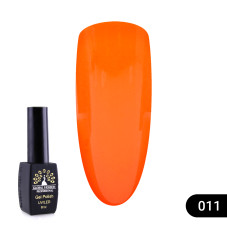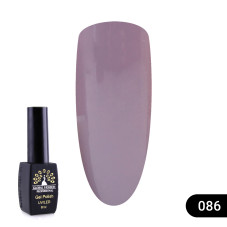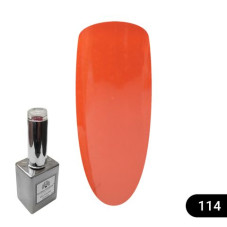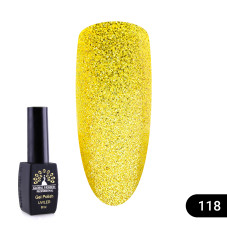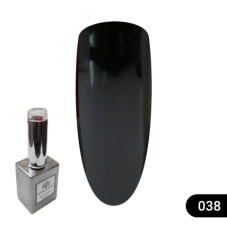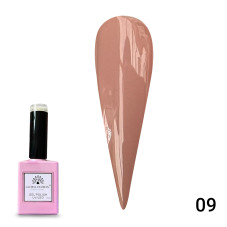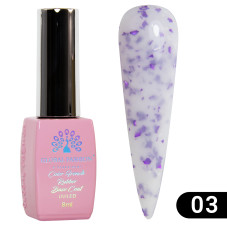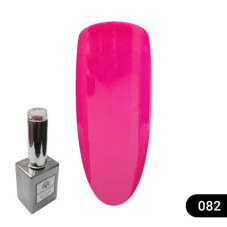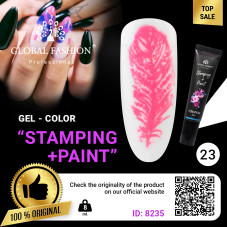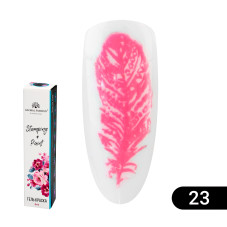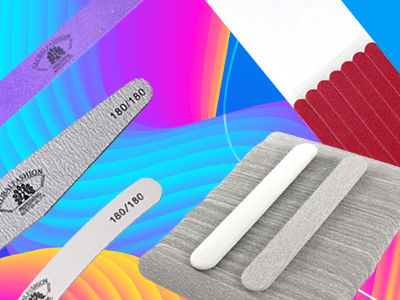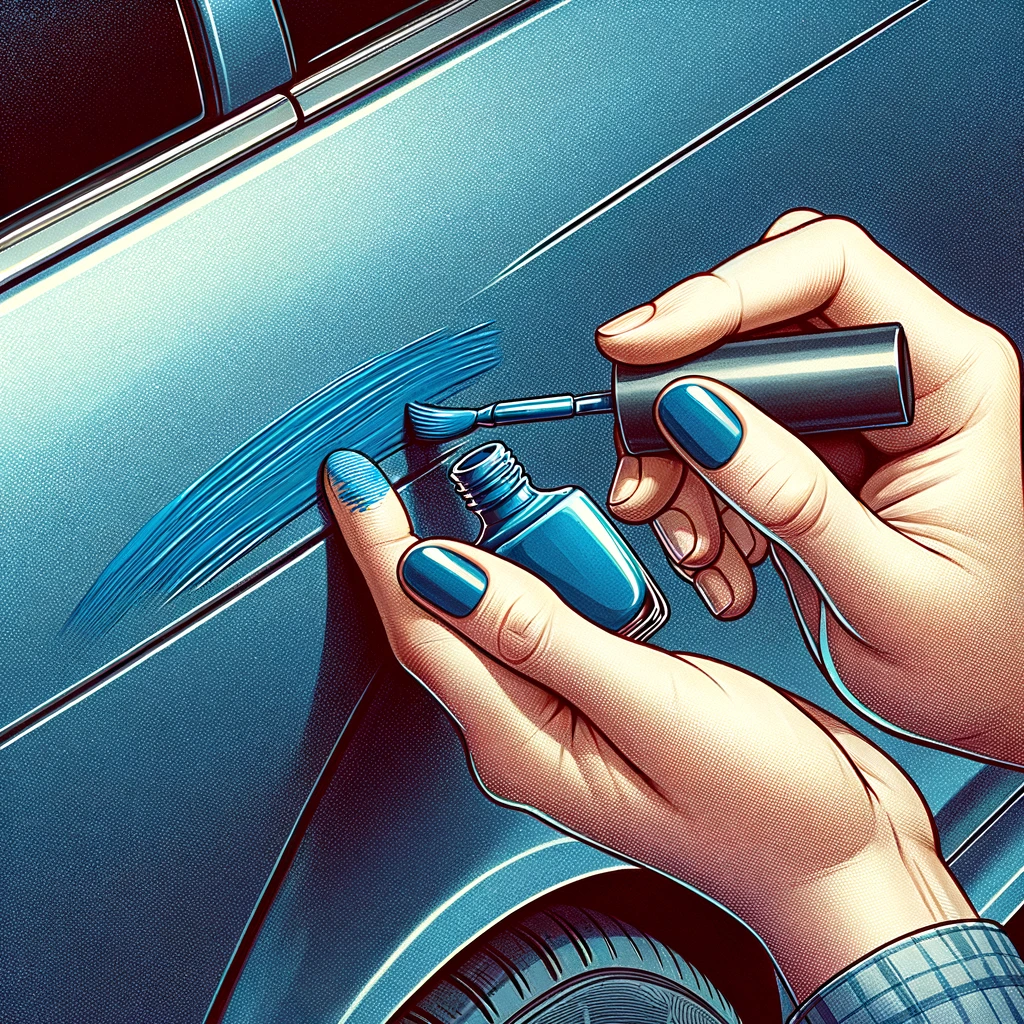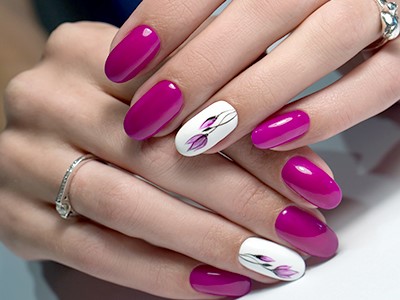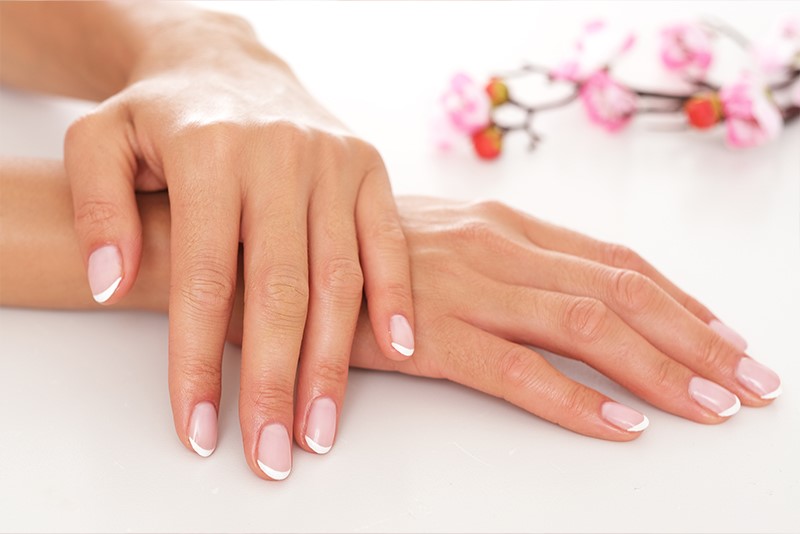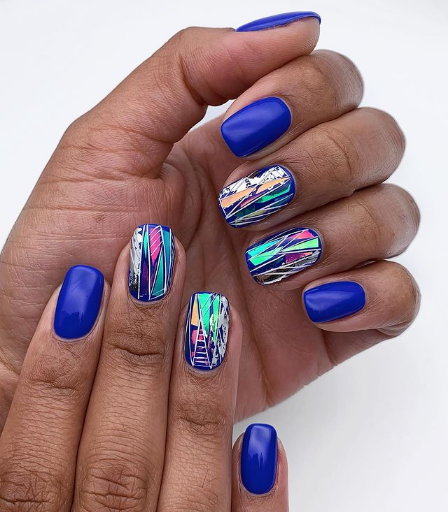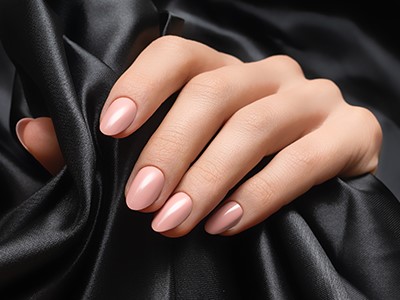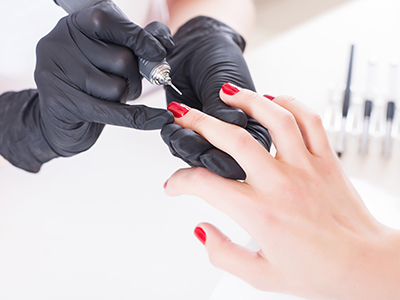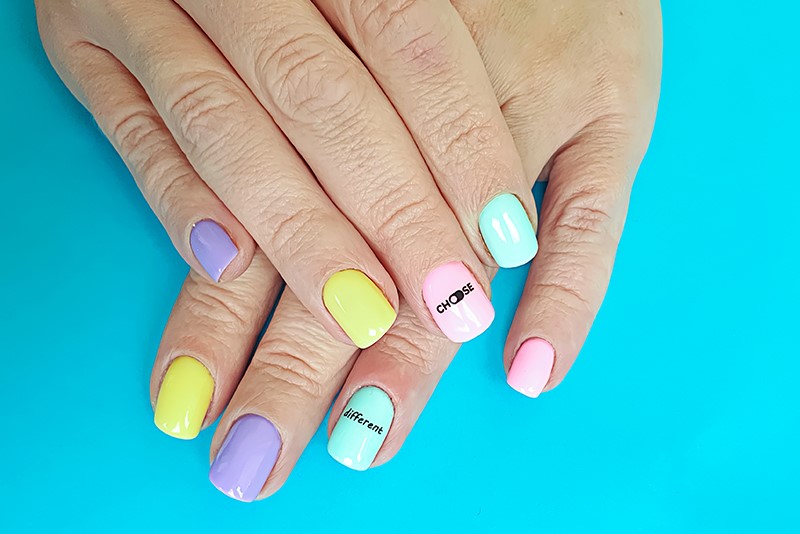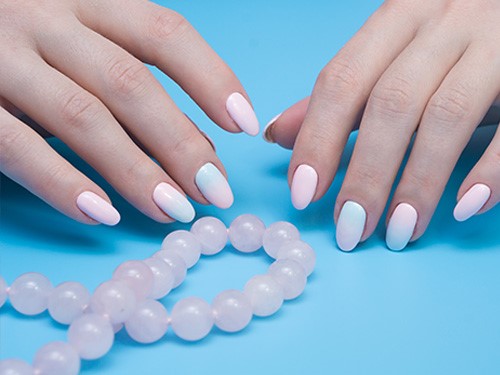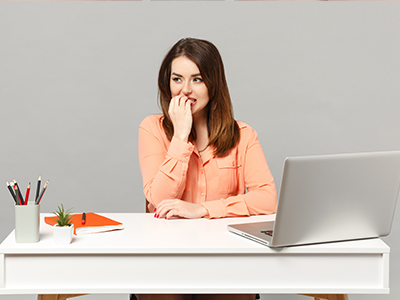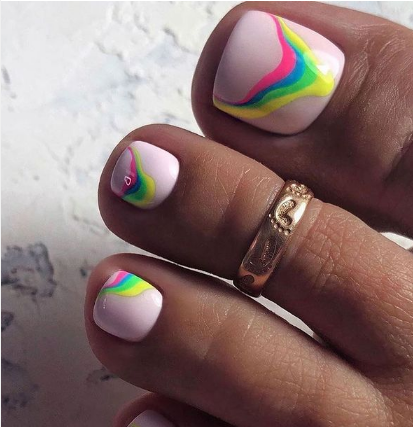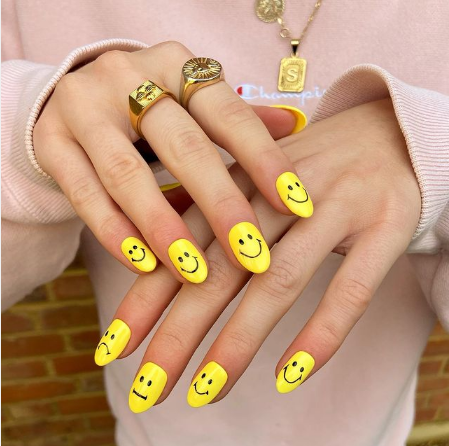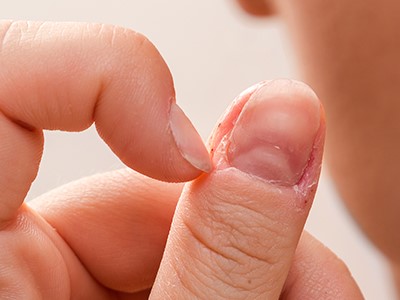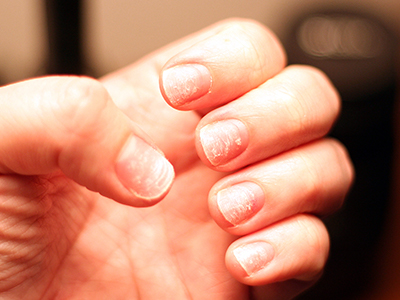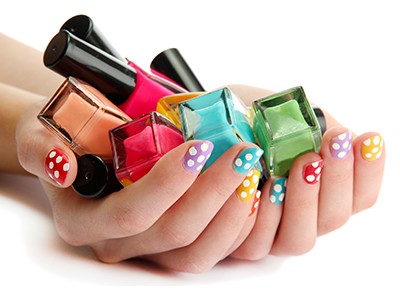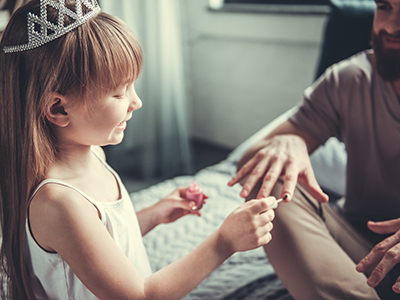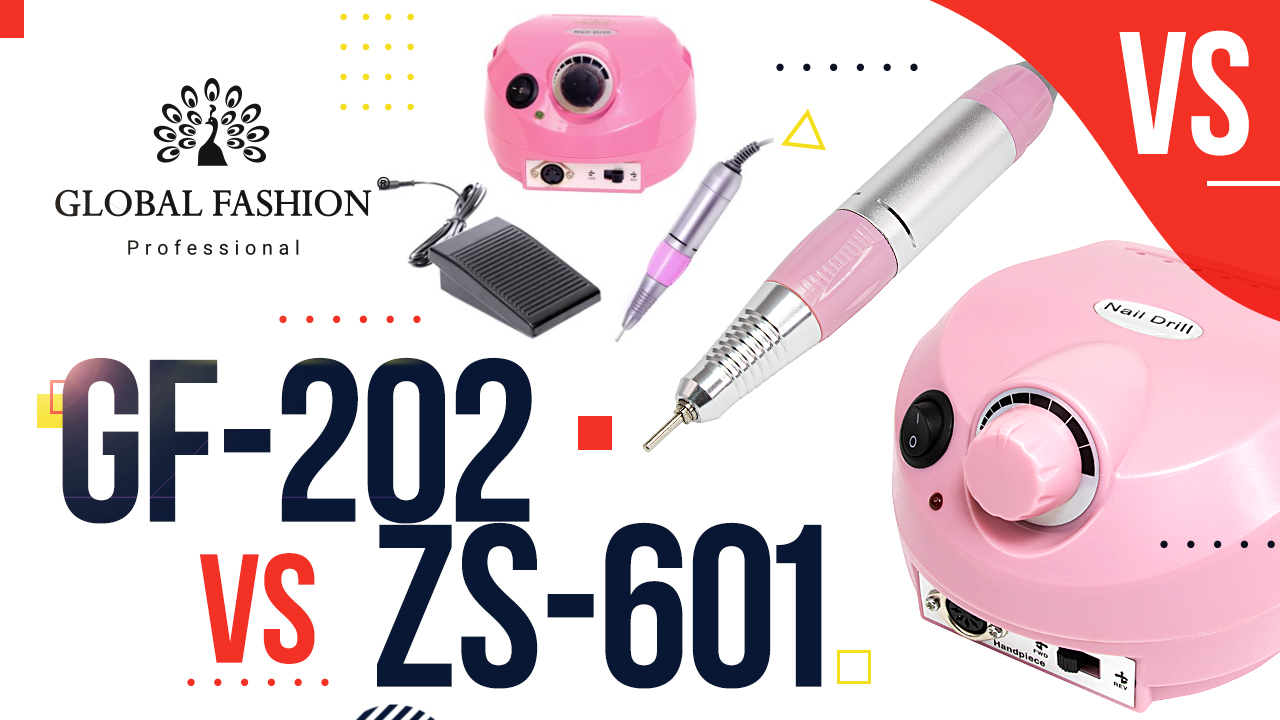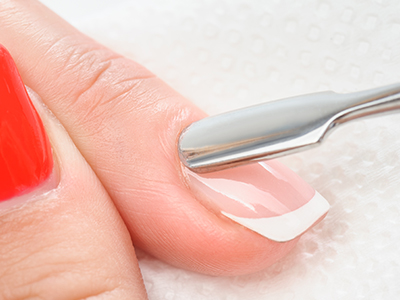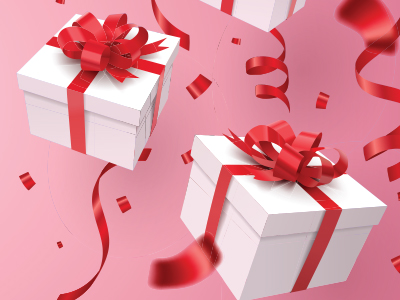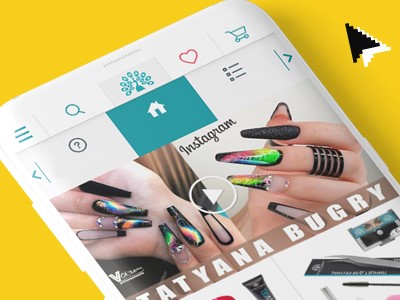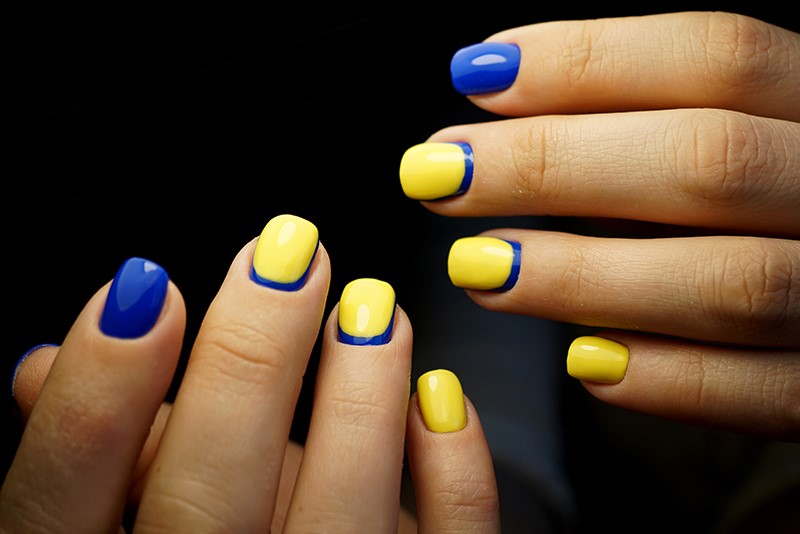Which manicure suits you?
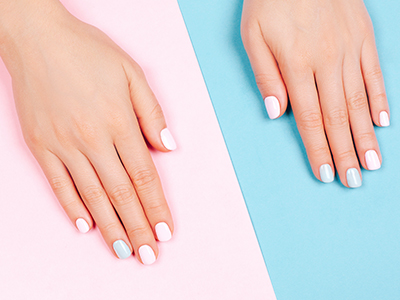
Lately, girls have started paying more and more attention to their nails. It's no wonder, as there are so many things to create an enviable manicure nowadays, and it's hard to keep up with all the new products. It is known that there are different types of manicure. To understand what kind of manicure, suitable for you, of course, is an individual matter. If you have a healthy, moderately moisturized skin and cuticle, to bother with the choice will not be necessary. And if you've got cuticle problems, it's important to get the right manicure so as not to damage the skin. Anyway, everyone's hands and problems vary. So how do you choose the right manicure? Read on! Let's start by looking at what kinds of manicures are available.
So there is:
A machine manicure - In this type of manicure, the skin on the lateral rims and the cuticle are treated (polished) with a special machine. The apparatus can be used to treat both the skin around the nail and the nail itself - simply filing or shaping it into any shape. For more information on hardware manicure, read our article «A machine manicure is a super technology!»
A trim manicure (classic manicure) is a manicure where the cuticle is completely removed using manicure tweezers or scissors and the pterygium is cleaned from under the cuticle. Softening is achieved by soaking the cuticle in water or using a remover (pterygium softener) or lotion.
Combination manicure is a type of treatment of the nail plate and neighbouring areas using several techniques. All manipulations are performed with the help of various mechanical processing devices and special devices called milling machines. (For useful information on the router, see our article).
Now, as a matter of fact, let's get back to where we started, or to be more precise, let's see which manicure is right for you.
Dry cuticle? A machine manicure then.
If the cuticle is dry and not properly hydrated, the area around the nails is no longer protected and becomes more prone to cuticles. This results in unsightly and ungroomed nails. A trim manicure is not suitable for these cuticle conditions. Scissors or cutters can damage the thin skin, and it will start to «bleed». The best choice for those with dry cuticles, therefore, is the machine manicure. With the help of the properly selected cutter, the pterygium can be peeled off without harming the sensitive cuticle. This technique does not cut off the keratinized skin and instead gently buffs it away. This is painless and protects the sensitive cuticle. Dried cuticles should be oiled afterwards. Organic products based on sweet almond and jojoba oils and moisturising creams are excellent.
Damaged cuticle? Shaved manicure then
If the cuticle is damaged, a hardware manicure is definitely not the answer. A technician's main instrument for the hardware manicure is the cutter. It requires a great deal of attention and should be treated with a trim manicure - using scissors and wire cutters.
Please note: For the problematic cuticle to heal faster, moisturise it regularly with natural oils and saturate it with vitamins.
Thin, thick or too damp cuticles? Then get a combined manicure
Thin cuticle. Thin cuticles can build up on the nail plate and crack over time. This creates a risk of inflammation or infection due to micro trauma. A «crawling" cuticle requires special care. The cuticle is lifted with a cutter, the pterygium is cleaned and the lateral ridges are ground. The cuticle is cut evenly so that it does not grow back too far.
Dense cuticles. If the cuticle is too dense, it's really tricky. This is why craftsmen often combine different methods. The cuticle is usually given a light drying treatment to help remove the cuticle more easily. Special products called removers are used to remove tough cuticles. Removers are held for a few seconds to five minutes (depending on the product). During this time, it thins the cuticle and the roughest areas can be cut away. The rest of the cuticle is pushed back with an orange stick or a pusher. Oil can also be used to prevent the formation of rough cuticles.
Please note: to soften the rough cuticles, you can also regularly apply peach cuticle oil to the cuticle.
Wet cuticle. Wet cuticles are more elastic and should therefore be removed with extreme care. Rough handling can tear the cuticle! Make sure you dry the cuticle before removing it. This makes it much easier to remove the keratinised skin. The cuticle is then pushed out with a pusher and the pterygium is scraped off with the cutter. The cutter should be used to raise the wet cuticle. This makes it easier to cut the cuticle with manicure scissors. Finally, the cuticle and lateral shafts are ground using a router with a soft corundum tip.
Remember that when creating a beautiful manicure, you should always use only professional materials and tools! For example from our online shop Global Fashion!
Read also:
More great articles here
So there is:
A machine manicure - In this type of manicure, the skin on the lateral rims and the cuticle are treated (polished) with a special machine. The apparatus can be used to treat both the skin around the nail and the nail itself - simply filing or shaping it into any shape. For more information on hardware manicure, read our article «A machine manicure is a super technology!»
A trim manicure (classic manicure) is a manicure where the cuticle is completely removed using manicure tweezers or scissors and the pterygium is cleaned from under the cuticle. Softening is achieved by soaking the cuticle in water or using a remover (pterygium softener) or lotion.
Combination manicure is a type of treatment of the nail plate and neighbouring areas using several techniques. All manipulations are performed with the help of various mechanical processing devices and special devices called milling machines. (For useful information on the router, see our article).
Now, as a matter of fact, let's get back to where we started, or to be more precise, let's see which manicure is right for you.
Dry cuticle? A machine manicure then.
If the cuticle is dry and not properly hydrated, the area around the nails is no longer protected and becomes more prone to cuticles. This results in unsightly and ungroomed nails. A trim manicure is not suitable for these cuticle conditions. Scissors or cutters can damage the thin skin, and it will start to «bleed». The best choice for those with dry cuticles, therefore, is the machine manicure. With the help of the properly selected cutter, the pterygium can be peeled off without harming the sensitive cuticle. This technique does not cut off the keratinized skin and instead gently buffs it away. This is painless and protects the sensitive cuticle. Dried cuticles should be oiled afterwards. Organic products based on sweet almond and jojoba oils and moisturising creams are excellent.
Damaged cuticle? Shaved manicure then
If the cuticle is damaged, a hardware manicure is definitely not the answer. A technician's main instrument for the hardware manicure is the cutter. It requires a great deal of attention and should be treated with a trim manicure - using scissors and wire cutters.
Please note: For the problematic cuticle to heal faster, moisturise it regularly with natural oils and saturate it with vitamins.
Thin, thick or too damp cuticles? Then get a combined manicure
Thin cuticle. Thin cuticles can build up on the nail plate and crack over time. This creates a risk of inflammation or infection due to micro trauma. A «crawling" cuticle requires special care. The cuticle is lifted with a cutter, the pterygium is cleaned and the lateral ridges are ground. The cuticle is cut evenly so that it does not grow back too far.
Dense cuticles. If the cuticle is too dense, it's really tricky. This is why craftsmen often combine different methods. The cuticle is usually given a light drying treatment to help remove the cuticle more easily. Special products called removers are used to remove tough cuticles. Removers are held for a few seconds to five minutes (depending on the product). During this time, it thins the cuticle and the roughest areas can be cut away. The rest of the cuticle is pushed back with an orange stick or a pusher. Oil can also be used to prevent the formation of rough cuticles.
Please note: to soften the rough cuticles, you can also regularly apply peach cuticle oil to the cuticle.
Wet cuticle. Wet cuticles are more elastic and should therefore be removed with extreme care. Rough handling can tear the cuticle! Make sure you dry the cuticle before removing it. This makes it much easier to remove the keratinised skin. The cuticle is then pushed out with a pusher and the pterygium is scraped off with the cutter. The cutter should be used to raise the wet cuticle. This makes it easier to cut the cuticle with manicure scissors. Finally, the cuticle and lateral shafts are ground using a router with a soft corundum tip.
Remember that when creating a beautiful manicure, you should always use only professional materials and tools! For example from our online shop Global Fashion!
Read also:
More great articles here
Published: 28.03.2022 09:08
Times Read: 4461
